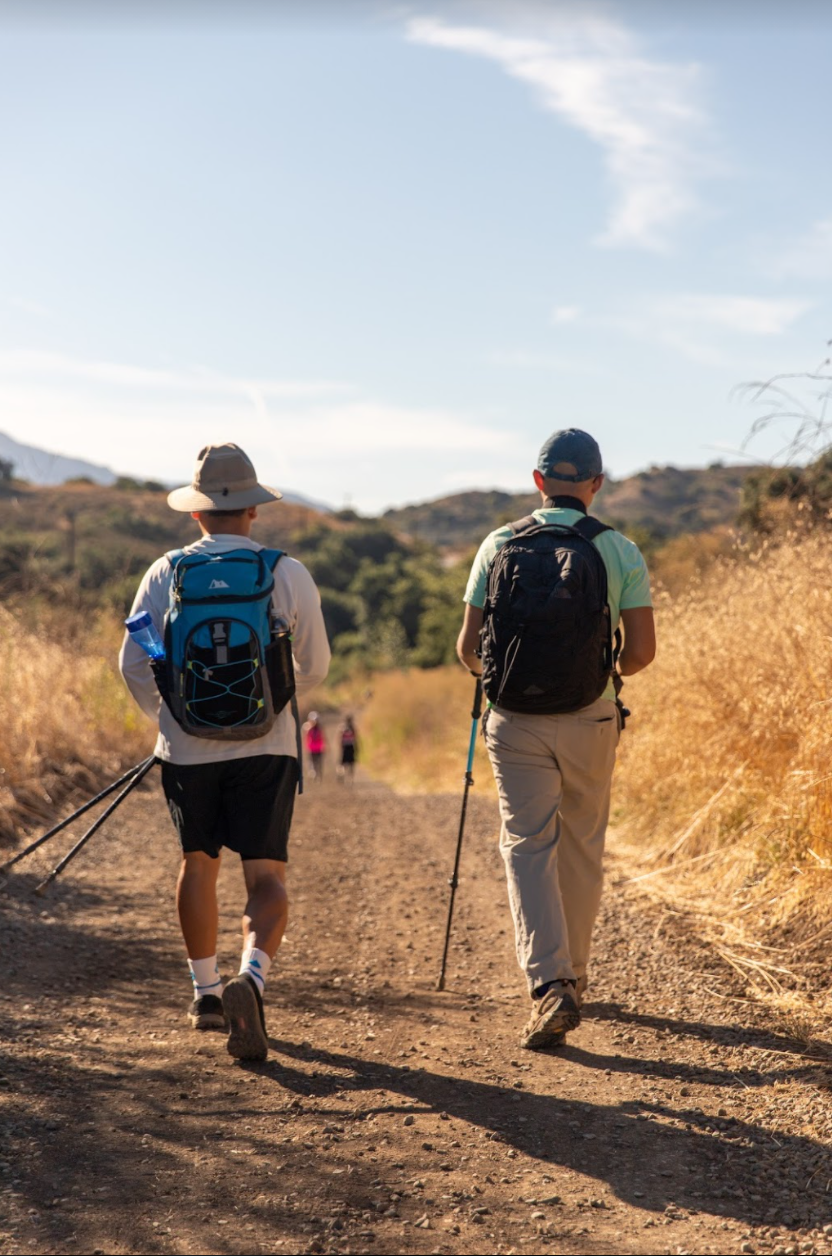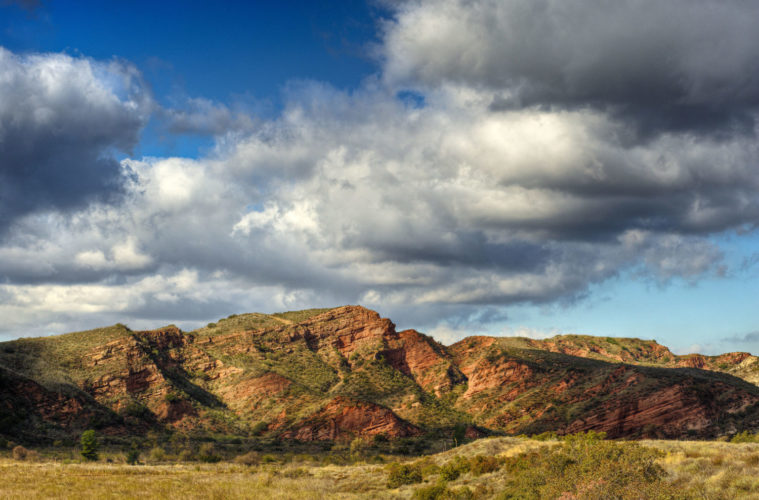Irvine is home to giant birds of prey like the nationally cherished bald eagle, and also to smaller, lesser known amphibians like the Arboreal salamander. Yet these rare species are just fractions of the ecosystem integrated within the historic landmarks of the Irvine Ranch, which has served as Orange County’s naturally preserved, 93,000 acre secret garden of biodiversity for more than a century.
Now celebrating its 15th anniversary, the Irvine Ranch Conservancy, the agency responsible for maintaining these nationally recognized landmarks, has found a balance between habitat restoration, while providing natural space for recreation for Irvine and the surrounding communities.
Mike O’Connell, president of the IRC, explained that while the IRC is proud of its long list of ecological accomplishments, which has connected more than 200,000 people to these tranquil coastal shrublands, it cannot function without the help of valiant volunteer effort.

IRC Stewardship 2016 Limestone Canyon – Image Courtesy of Irvine Ranch Conservancy
For the last 15 years, IRC’s long list of accomplishments has enlisted the involvement of more than 1,200 local volunteers, who have dedicated more than 300,000 hours to overseeing conservation efforts within the historic landmarks of the Irvine Ranch.
Through these efforts, the IRC has constructed more than 29 miles of new trails, installed more than 50 remote wildlife habitat monitoring cameras, and allowing for the collection of a robust database of nearly 1 million images of local wildlife, like the local mule deer population, mountain lions packs, bobcats and red tailed hawks.
Through the better part of two decades, the IRC has found success mitigating the risk of severe wildfire, the effects of prolonged drought, along with natural habitat degradation overall.

Michael O’Connell – Image Courtesy of Irvine Ranch Conservancy
Of all the natural threats facing the ecosystems and human communities surrounding the Irvine Ranch, O’Connell admitted that wildfire is the greatest. A threat O’Connell refers to as the “issue that unifies everybody,” and says it is increasing in frequency.
“These habitats, called shrublands, normally burn every 70 to 100 years. They are now burning every seven to 10 years – which means they’re burning 90 percent too often,” O’Connell said.
Last year, the Silverado Fire, which was sparked in Irvine’s Silverado Canyon, prompted the evacuation of more than 90,000 residents of Irvine and Lake Forest. The fire burned more than 13,000 acres. Then, in December, the Bond Fire burned more than 6,000 acres and destroyed more than 30 structures near Orchard Hills.
Yet despite the risk of wildfire, the last year has presented impactful challenges that showcase just how critical this land is for the well-being of the community.
Despite more than a decade of experience of habitat preservation, the COVID-19 pandemic has created a new set of challenges for the IRC, and impacted the natural areas of Irvine in unforeseen ways.
Since last March, the pandemic has become a catalyst for people reconnecting with the natural lands around them, especially in Irvine. A phenomenon O’Connell said mimics a double-edged sword, based on the core values of the IRC – which is mainly to achieve a balance between providing areas for open space recreation, while simultaneously working to preserve the natural environment.
For O’Connell, along with the core mission of the IRC, is providing the community with open space, but it cannot do so without impacting the natural areas – or disturbing the ecosystems within.
“One of the things that was confirmed for us during the pandemic was just how critical open space and nature-based recreation is to the health and well-being of the community,” O’Connell said in an interview with Irvine Weekly. “That was something we kind of knew, but the pandemic showed it – we’ve had between 200 to 400 percent increase in the use of some of the areas we manage, as a result of that, and that just speaks to the inherent value of these open spaces to people’s well-being.”

O’Connell pointed out that in 1996, the Irvine-based National Communities Coalition agreed to set aside large portions of the Irvine Ranch to be protected within the Natural Community Conservation and Development Plan for Central Coastal Orange County. While not necessarily intentional, this preservation effort alleviates wildlife regulation responsibility for future generations, considering the areas are protected.
“The core of what Irvine Ranch Conservancy does is to manage these lands sustainably and ecologically healthy, while balancing the demand for recreation and outdoor experiences – that’s really the crux of what we do,” O’Connell said. “We want to encourage people to enjoy it in sustainable ways, so that these lands remain healthy and vibrant for years and years to come.”
Managing the line between these natural and urban areas requires a lot of innovation. While the IRC’s effort does not involve regulating the wildlife populations, it does manage habitats through innovative, non-intrusive projects.
One project in particular is the installation of a remote camera monitoring program, which are now installed at numerous locations within the landmarks of the Irvine Ranch. Since 2007, the IRC has accumulated a database of more than 1 million images that help determine patterns in wildlife ecosystems.
These patterns can be compared with the patterns of community use to therefore create a well-rounded picture of how an ecosystem is being impacted as a whole.
“The pandemic has added another layer of challenge in that people are wanting to get out and recreate in nature for their well-being. That just means that the more people, the more natural resource impact, the more impact on wildlife,” O’Connell said. “Now with [capture cams] you’re really starting to get some scientifically valid conclusions about what happens when use goes up – in time and in space – and it helps us be better managers long term.”

Mule Deer drinking – Image Courtesy of Irvine Ranch Conservancy
Advertising disclosure: We may receive compensation for some of the links in our stories. Thank you for supporting Irvine Weekly and our advertisers.

